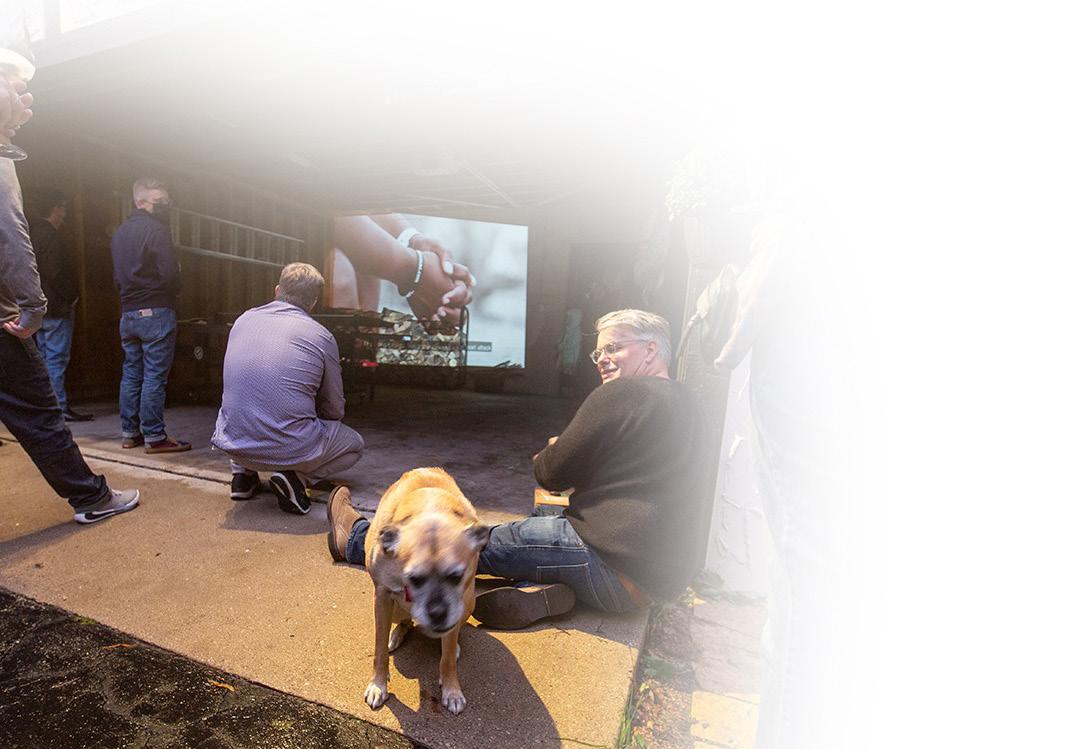2
www.uslaw.org U S L A W
WorkerActivism andUnionOrganizing AmidCOVID-19 Beverly P. Alfon
As the pandemic has worn on, and more “essential workers” have fallen ill with COVID-19, worker activist groups (“worker centers”) and labor unions have come into view, front and center. WHAT IS THE DIFFERENCE BETWEEN A WORKER CENTER AND A LABOR UNION? Labor Unions: These are the traditional organizations that most of us are familiar with. They are usually industry-specific and le-
SmithAmundsen LLC
gally recognized as the exclusive bargaining representative of a majority within a group of workers (a bargaining unit). Unions are required by federal law to bargain with the employer of the bargaining unit, regarding work terms and conditions, most of which are documented within a collective bargaining agreement (CBA). A CBA typically includes a “no strike” clause that prohibits the union from engaging in a strike or work stoppage during the effective period of the CBA. It also usually requires the union to raise its gripes through an agreed upon
grievance and arbitration process. Worker Centers: These are typically grassroots, nonprofit organizations, with ties to a particular community through language, culture, or religion. These groups commonly identify their purpose as helping workers to “organize,” become knowledgeable about their rights as workers, and obtain support for their exercise of those rights. Unlike traditional labor unions, these groups do not operate under strict federal reporting and financial disclosure

















